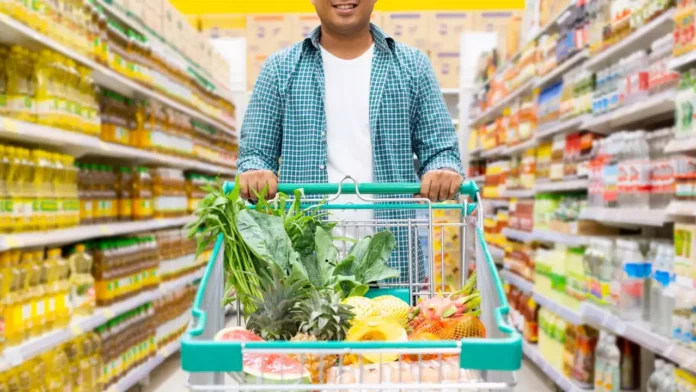According to government consumption data, Indians are reducing their expenditure on food, notably essentials like rice and wheat, while increasing spending on discretionary items such as processed foods, as well as durable goods like televisions and refrigerators.
The recently released Household Consumption Expenditure Survey, issued late on Saturday, indicates that average monthly per capita consumer spending in rural areas increased from 1,430 rupees in the 2011-2012 survey to 3,773 rupees ($45.54) over the 12 months leading up to July. Similarly, urban spending saw an increase from 2,630 rupees to 6,459 rupees ($77.95) during the same period.
The government under Prime Minister Narendra Modi opted not to release the 2017-2018 survey, citing “data quality issues.” This decision sparked controversy, with concerns raised about whether the administration was withholding economic data.
Continue Exploring: Indian spirits market sees slowed growth at 4% in 2023: Tax hikes and shifting consumption trends impact industry dynamics
The government refuted allegations of withholding the data due to its depiction of weak consumption trends.
The new survey will serve as the basis for a review of India’s consumer price inflation index.
Expenditure on food decreased to 46% of monthly consumption for rural consumers, down from nearly 53% in 2011-12. In urban areas, it declined to 39% from 43%.
Indian consumers are reducing their expenditures on cereals such as wheat and rice, as well as pulses, while allocating more funds towards beverages, refreshments, and processed food.
In terms of non-food purchases, consumers are allocating more funds towards transportation, consumer services, and durable goods such as televisions and refrigerators.
The results come before India goes to the polls in an election to be held by May, with Modi seeking a rare third term.
Although the Indian economy is projected to achieve a remarkable growth rate of 7.3% in the current fiscal year starting from April, followed by 7% growth in the next fiscal year, significant segments of the rural population are grappling with stagnant incomes and soaring inflation.
Continue Exploring: FMCG companies anticipate inflation-focused measures in upcoming budget to boost consumption and rural growth





